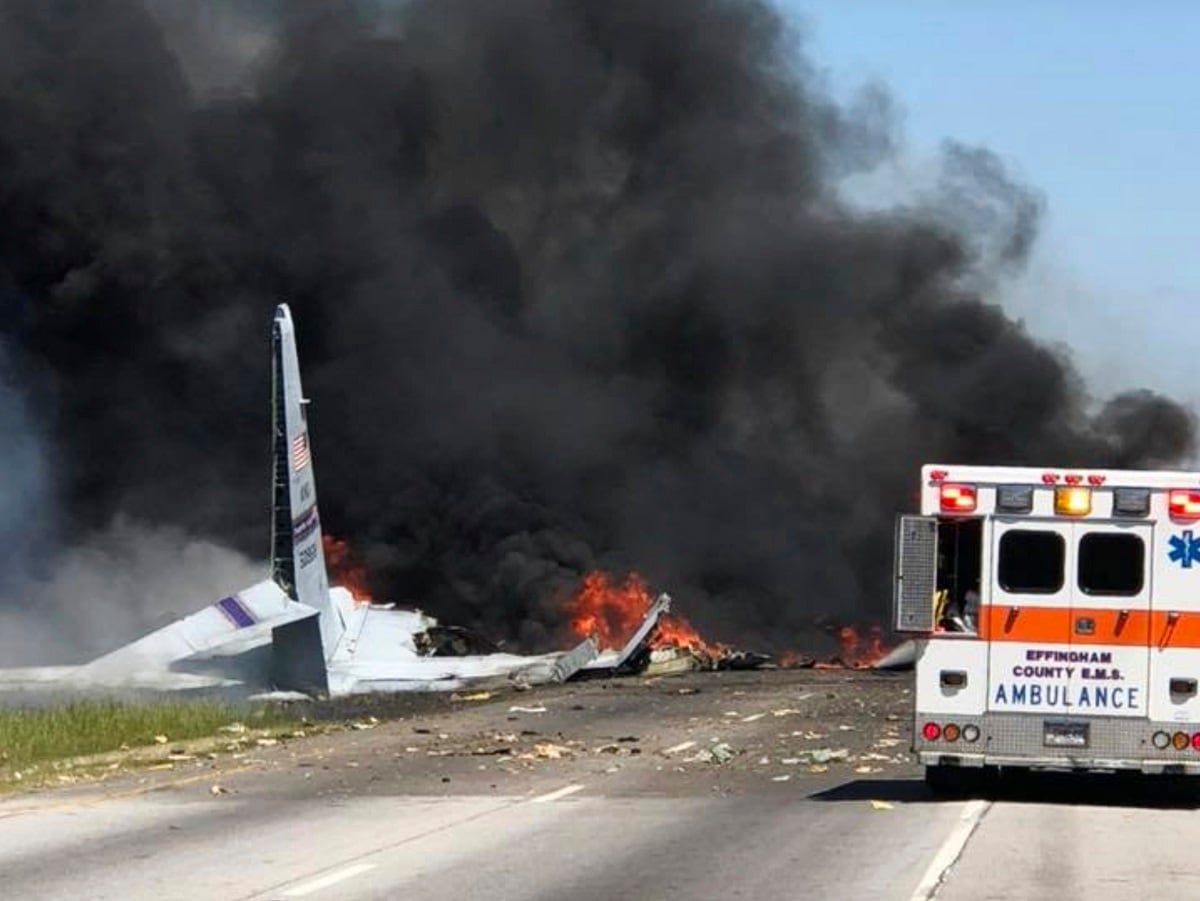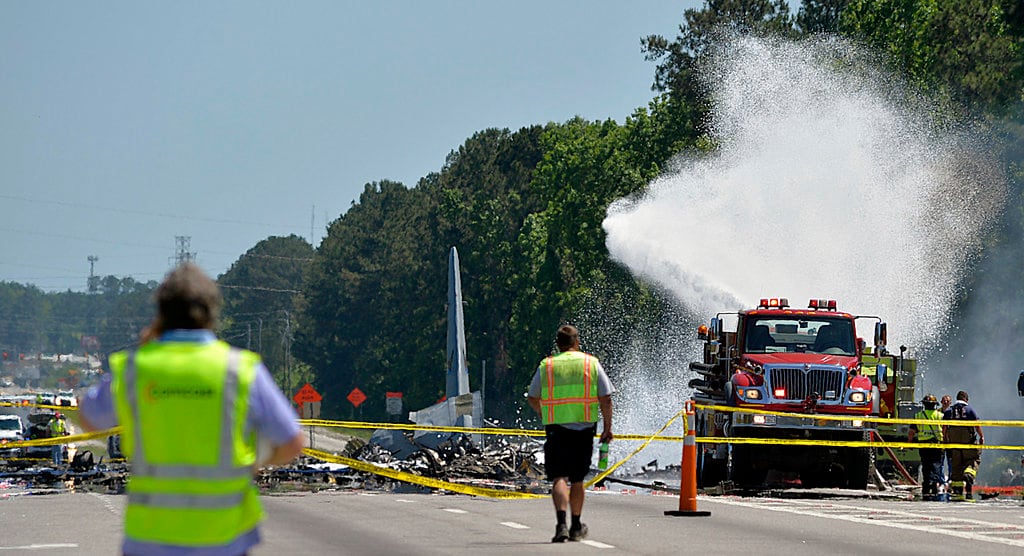WASHINGTON — The head of Air Force Materiel Command has directed many of its organizations charged with safety and sustainment to take a second look at their data in response to a recent slew of deadly aviation mishaps that have triggered concerns about pilot safety.
Gen. Ellen Pawlikowski, who has led AFMC since 2015, told reporters May 15 that she recently sent a memo that gives the command until mid-July to re-examine the health of its aircraft inventory.
“Take another look at that data from a different angle and see if there is anything that we are missing in there that would help us to predict what might be the next mishap,” she said.
RELATED

So far in 2018, 35 military pilots and crew members have died in a series of 12 mishaps, Military Times has reported, marking the highest number of crashes in recent years. However, Defense Department leaders have said they do not see the accidents as part of a broader crisis — something Pawlikowski echoed Tuesday.
“I think how the Air Force has approached this is not to panic,” Pawlikowski explained.
“We don’t consider it a crisis, but we have elevated [interest] in making sure that we aren’t missing anything and that we really do empower the airmen to make sure that safety is always first.”
Overall, the number of Air Force fatalities caused by aviation mishaps has decreased in recent years, she said, “but when you look at what has happened since January, it’s got our attention.”
Last week, the Air Force announced a servicewide safety review, directed by Chief of Staff Gen. Dave Goldfein, a one-day standdown of flight operations. During that day — to be determined by wing commanders — flying and maintenance units will take time to offer feedback on safety or maintenance issues that they believe could lead to future mishaps.
RELATED

Active-duty units will have until May 21 to conduct their review, while Guard and Reserve units will have until June 25.
AFMC is home to several test and development groups, such as Big Safari, that have flying units who will take part in that initiative, Pawlikowski said. However, the command also includes numerous organizations charged with overseeing sustainment and logistics.
“For example, we have a program called the Air Force structural integrity program, and that’s an effort that we’ve been doing for probably 40 years, which uses predictive models and analysis to look at where we may have structural issues that we want to look at and do inspections or do repairs on before we get to an accident,” she said. “So I’ve asked that we do what I call an out-of-cycle look to see what has happened there.”
Pawlikowski said she has also directed the Air Force Sustainment Center to assess whether there have been unexpected maintenance trends for aircraft coming in for sustainment at the center’s headquarters at Tinker Air Force Base, Oklahoma.
“So I asked them to go in and look at that data. Are there places where we’ve seen any spikes or any unusual behavior?” she said.
Some — like Eric Fanning, who was the acting civilian head of the Air Force when sequestration hit — have pointed to sequestration as a likely contributing factor to recent mishaps.
“When you have to cut quickly, you go to your operations and maintenance accounts,” said Fanning, now the head of the Aerospace Industries Association trade group. “That’s the place you have to go when you have to make quick cuts. That’s the money that’s available to you.”
Pawlikowski disagreed that a direct line could be drawn between sequestration and the rise in accidents. Although the Air Force was forced to take cuts to its sustainment budget as part of sequestration, it would not operate aircraft in need of maintenance, she said.
Instead, it would choose to ground the plane — decreasing readiness and aircraft availability in order to safeguard aircrew safety.
“We wouldn’t continue to fly the plane at high risk. We would [choose to] not have that plane available,” she said.
Valerie Insinna is Defense News' air warfare reporter. She previously worked the Navy/congressional beats for Defense Daily, which followed almost three years as a staff writer for National Defense Magazine. Prior to that, she worked as an editorial assistant for the Tokyo Shimbun’s Washington bureau.





